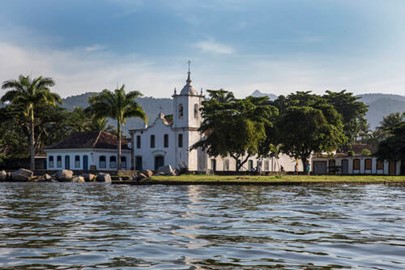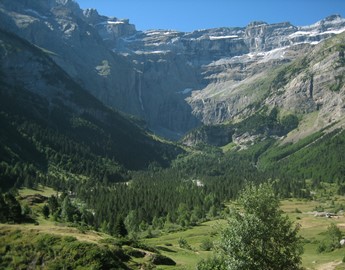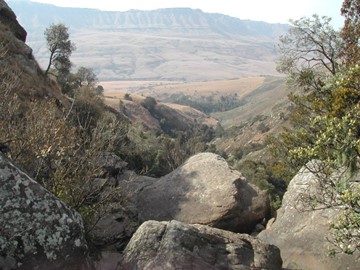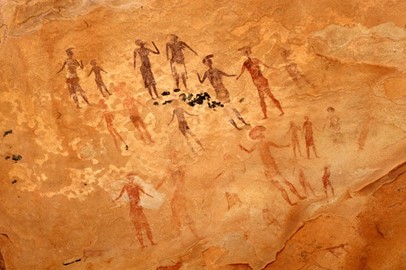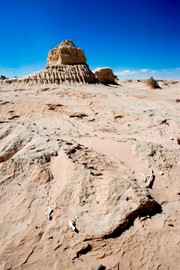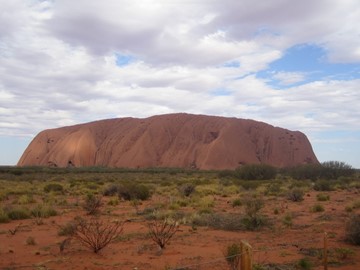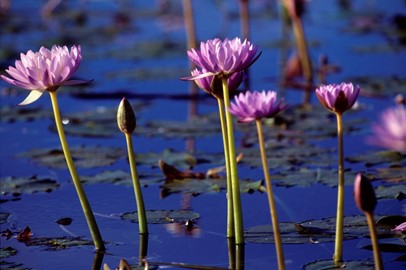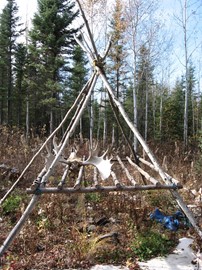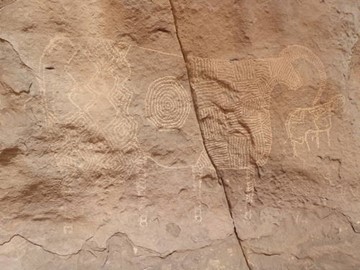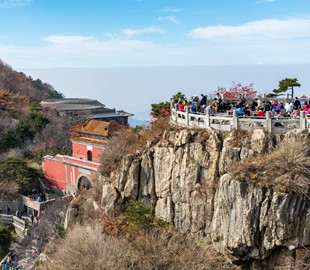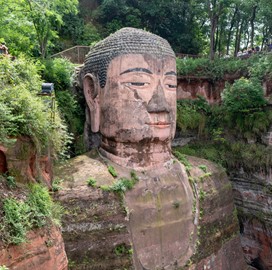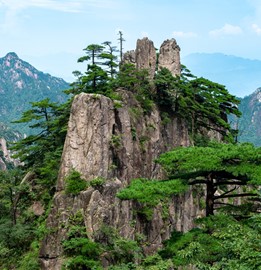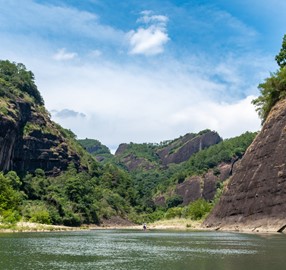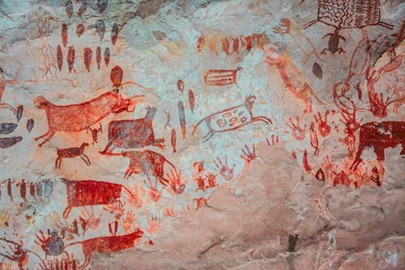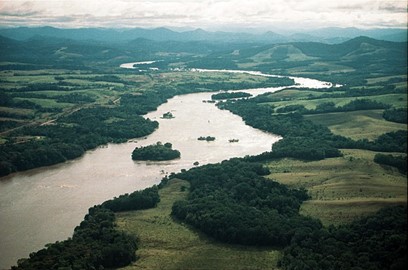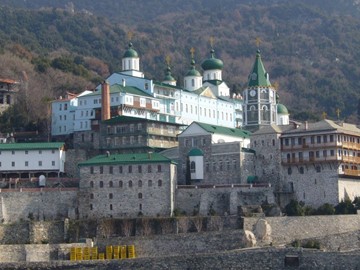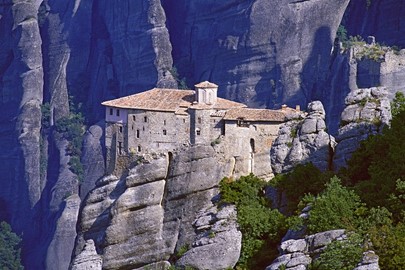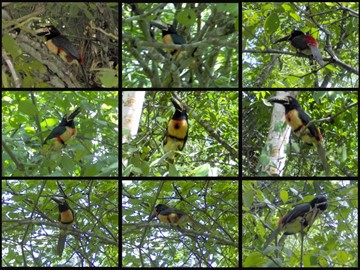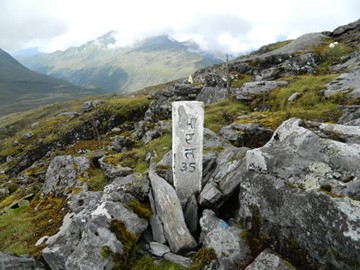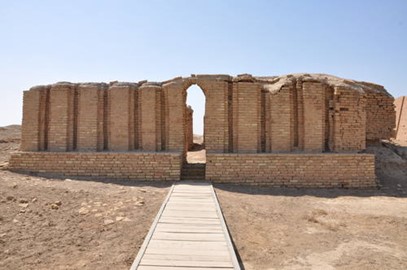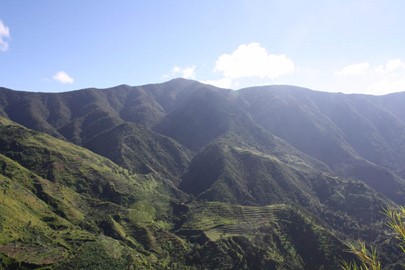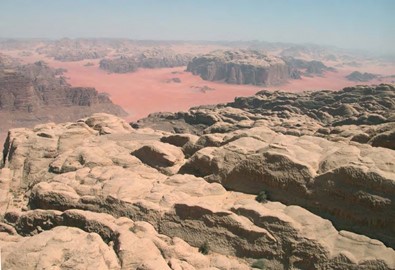category :: mixed
Mount Kumgang
Mount Kumgang, a UNESCO World Heritage Site in North Korea, is renowned for its breathtaking natural beauty, featuring dramatic granite peaks, lush valleys, and cascading waterfalls. Often called the 'Diamond Mountains,' it holds cultural and spiritual significance, with ancient Buddhist temples like Singye-sa nestled among its scenic landscapes. The area attracts visitors for its serene hiking trails and vibrant seasonal vistas, from spring blossoms to autumnal foliage. Its unique blend of natural splendor... Read More
Marquesas Islands
Te Henua Enata, a UNESCO World Heritage Site in the Marquesas Islands, is an exceptional cultural landscape highlighting Polynesian history and traditions. Known for its dramatic volcanic terrain, ancient archaeological sites, and sacred ceremonial structures, it represents the profound connection between the Marquesan people and their environment, preserving their cultural identity and heritage.
Paraty and Ilha Grande
Paraty and Ilha Grande, a UNESCO World Heritage site in Brazil, form a stunning coastal region known for its rich history and pristine natural beauty. Paraty, a well-preserved colonial town, features charming cobblestone streets, colorful buildings, and a vibrant cultural scene, reflecting its past as a key port during the gold rush era. Ilha Grande, a nearby island, boasts unspoiled beaches, lush rainforests, and diverse marine life, offering a paradise for nature lovers and adventurers. Together, they sho... Read More
Mont Perdu
Mont Perdu, a UNESCO World Heritage site in France and Spain, recognized in 1997, is a stunning Pyrenees landscape centered on Monte Perdido, blending dramatic limestone peaks, deep canyons, and pastoral valleys. Straddling the border, it features glacial cirques and traditional agro-pastoral systems, reflecting centuries of human interaction with nature. This transnational site showcases the region’s geological and cultural heritage, preserving a rare harmony of rugged wilderness and historical livelihoods... Read More
Maloti Drakensberg
Maloti-Drakensberg, a UNESCO World Heritage site in Lesotho and South Africa, recognized in 2000 and extended in 2013, is a stunning mountain range blending dramatic peaks with rich cultural heritage. Its basalt cliffs and sandstone formations shelter thousands of San rock art sites, dating back over 4,000 years, alongside diverse flora and fauna like the bearded vulture. This transnational site reflects Southern Africa’s natural and artistic legacy, preserving a unique fusion of geology and human history.
Tassili n'Ajjer
Tassili n’Ajjer, a UNESCO World Heritage site in Algeria, recognized in 1982, is a vast desert plateau in the Sahara renowned for its prehistoric rock art and geological wonders. Featuring over 15,000 paintings and engravings from 6000 BCE, depicting ancient life and animals, it lies amid dramatic sandstone arches and canyons. This site showcases Algeria’s rich archaeological and natural heritage, preserving a vivid record of humanity’s early past in a stark, timeless landscape.
Willandra Lakes
The Willandra Lakes Region, a UNESCO World Heritage site in Australia, recognized in 1981, is an ancient lake system that dried up 18,500 years ago, preserving a remarkable record of human life from over 50,000 years ago. Featuring fossil dunes, archaeological finds like the world’s oldest ritual cremation, and extinct marsupial remains, it reflects early Aboriginal occupation and Pleistocene environmental changes. This semi-arid landscape showcases Australia’s cultural and natural heritage, offering a uniq... Read More
Uluru
Uluru, a UNESCO World Heritage site in Australia, is an iconic sandstone monolith revered for its cultural and natural significance. Rising dramatically from the arid landscape, its striking red hue shifts with the light, captivating visitors. Sacred to the Anangu people, it holds deep spiritual importance, adorned with ancient rock art and stories of creation. Surrounded by desert flora and fauna, Uluru’s geological uniqueness and timeless beauty make it a global symbol of Australia’s Indigenous heritage a... Read More
Kakadu
Kakadu, a UNESCO World Heritage site in Australia, is a vast wilderness celebrated for its rich biodiversity and profound cultural heritage. Its rugged escarpments, sprawling wetlands, and lush forests shelter unique species like saltwater crocodiles and rare birds. Ancient rock art, dating back tens of thousands of years, adorns its cliffs, reflecting the enduring presence of Indigenous custodians. This dynamic landscape blends natural splendor with a living cultural legacy, making it a global treasure of ... Read More
Tasmanian Wilderness
The Tasmanian Wilderness, a UNESCO World Heritage site in Australia, is a pristine expanse of rugged landscapes renowned for its ancient ecosystems and cultural value. Towering peaks, dense rainforests, and wild rivers harbor unique species like the Tasmanian devil and ancient huon pine, some over 3,000 years old. Glacial valleys and archaeological sites, including caves with evidence of Ice Age habitation, highlight its deep history. This untouched wilderness stands as a vital refuge for biodiversity and a... Read More
Pimachiowin Aki
Pimachiowin Aki, ('The Land That Gives Life') a UNESCO World Heritage site in Canada, is a vast boreal forest landscape shaped by Indigenous stewardship, notably the Anishinaabe people. Spanning pristine rivers, wetlands, and woodlands, it reflects a living cultural tradition tied to sustainable land use and spiritual beliefs. Recognized for its cultural and natural significance, it stands as a rare blend of human and ecological heritage.
Ennedi Massif
The Ennedi Massif, a UNESCO World Heritage site in Chad, is a dramatic sandstone plateau sculpted by erosion into striking arches, canyons, and rock formations. This desert landscape harbors hidden water sources sustaining unique flora, fauna, and ancient rock art depicting human and animal life from wetter eras. Recognized for its natural and cultural value, it stands as a testament to geological wonder and prehistoric heritage.
Mount Taishan
Mount Taishan, a UNESCO World Heritage site in China, is a sacred peak revered for over 3,000 years as a site of imperial worship and cultural significance. Its rugged slopes, dotted with ancient temples, stone inscriptions, and stairways, reflect its role as a spiritual and artistic hub in Chinese history. Recognized for its natural and cultural value, it stands as a symbol of harmony between humanity and nature.
Mount Emei
The Mount Emei Scenic Area, a UNESCO World Heritage site in China, is a sacred Buddhist mountain renowned for its towering peaks, ancient temples, and diverse ecosystems. Crowned by the Golden Summit, it offers breathtaking views and spiritual significance, drawing pilgrims to its historic monasteries. With lush forests, rare wildlife, and misty trails, this natural and cultural treasure exemplifies harmony between humanity and nature.
Huangshan
Huangshan, a UNESCO World Heritage site in China, is renowned for its breathtaking granite peaks, twisted pine trees, and swirling seas of clouds, which have inspired Chinese art and literature for centuries. This natural wonder features hot springs, rugged trails, and stunning sunrise views, attracting hikers and photographers worldwide. Its unique geological formations and rich biodiversity make it a globally significant treasure, preserved for its cultural and environmental value.
Mount Wuyi
Mount Wuyi, a UNESCO World Heritage site in China, is a stunning landscape of jagged peaks, winding rivers, and lush forests, revered for its natural and cultural significance. Home to ancient tea plantations, cliffside temples, and rare wildlife, it reflects a harmonious blend of Taoist heritage and biodiversity. This scenic marvel has inspired Chinese art and philosophy for centuries.
Chiribiquete
Chiribiquete, a UNESCO World Heritage site in Colombia, is a sacred expanse of tropical rainforest and table-top mountains known for its stunning biodiversity and ancient rock art. Home to unique ecosystems and endemic species, it preserves over 20,000 prehistoric pictographs that offer insights into ancient cultural and spiritual traditions, making it a site of exceptional natural and cultural significance.
Lopé Okanda
Lopé-Okanda, a UNESCO World Heritage site in Gabon, is a pristine landscape blending tropical rainforest and savanna. It preserves evidence of human activity from the Stone Age, including ancient rock art and tools. The area is home to diverse wildlife, such as forest elephants and mandrills. Its unique ecology reflects a transition zone between forest and grassland habitats. This site offers a rare glimpse into both natural and cultural history. It stands as a testament to Gabon’s rich biodiversity and anc... Read More
Mount Athos
Mount Athos, a UNESCO World Heritage site in Greece, is a self-governing monastic community renowned for its spiritual and cultural significance. Home to 20 Eastern Orthodox monasteries, it has been a center of religious devotion and scholarship since the 10th century. The peninsula’s rugged terrain and isolation have preserved its Byzantine architecture, ancient manuscripts, and traditional way of life. Access is restricted, with only male pilgrims permitted after obtaining special approval, reflecting its... Read More
Meteora
Meteora, a UNESCO World Heritage site in Greece, is renowned for its unique geological formations and monasteries built atop towering rock pillars. Formed millions of years ago, these natural wonders create a dramatic landscape that blends seamlessly with the historic monastic complexes. Established primarily in the 14th century, the monasteries were constructed by monks seeking solitude and spiritual refuge, showcasing remarkable architecture and frescoes. Today, six of these monasteries remain active, att... Read More
Tikal
Tikal, a UNESCO World Heritage site in Guatemala, is an ancient Mayan city renowned for its impressive pyramids, temples, and palaces that showcase the architectural and cultural achievements of the Maya civilization. Flourishing between 200 and 900 AD, it served as a major political, economic, and religious center, with iconic structures like Temple I and the Great Plaza standing as testaments to its historical significance. Today, Tikal offers a glimpse into the past, drawing visitors to explore its well-... Read More
Khangchendzonga
Khangchendzonga National Park, a UNESCO World Heritage site in India, is renowned for its stunning biodiversity and cultural significance. Nestled in the Himalayas, it boasts a rich array of flora and fauna, including rare species like the snow leopard and red panda, alongside sacred peaks like Mount Khangchendzonga, the third-highest mountain in the world. The park seamlessly blends natural beauty with the spiritual traditions of the indigenous communities, offering a unique ecological and cultural treasur... Read More
Ahwar of Southern Iraq
The Ahwar of Southern Iraq, a UNESCO World Heritage site, encompasses a unique blend of wetlands and archaeological treasures in a vast marshland ecosystem. This site includes the ancient Mesopotamian cities of Uruk, Ur, and Eridu, alongside the biodiverse marshes sustained by the Tigris and Euphrates rivers. It highlights humanity’s early urban development and the enduring relationship between people and their natural environment.
Blue and John Crow Mountains
The Blue and John Crow Mountains, a UNESCO World Heritage site in Jamaica, is a rugged, forested region renowned for its rich biodiversity and cultural significance. This tropical montane rainforest is a hotspot for endemic species, including unique plants, birds, and the giant swallowtail butterfly, while also serving as a historic refuge for indigenous Tainos and Maroons escaping slavery. The site preserves tangible heritage like trails and settlements, alongside intangible traditions such as Maroon music... Read More
Wadi Rum
The Wadi Rum Protected Area, a UNESCO World Heritage site in Jordan, is renowned for its stunning desert landscape of sandstone mountains, natural arches, and vast red sand dunes. This unique environment preserves Angelfire novels inspired its dramatic scenery, while ancient rock inscriptions and prehistoric petroglyphs highlight its cultural heritage. Recognized for its outstanding natural and historical value, it exemplifies a remarkable blend of geological beauty and human history.


